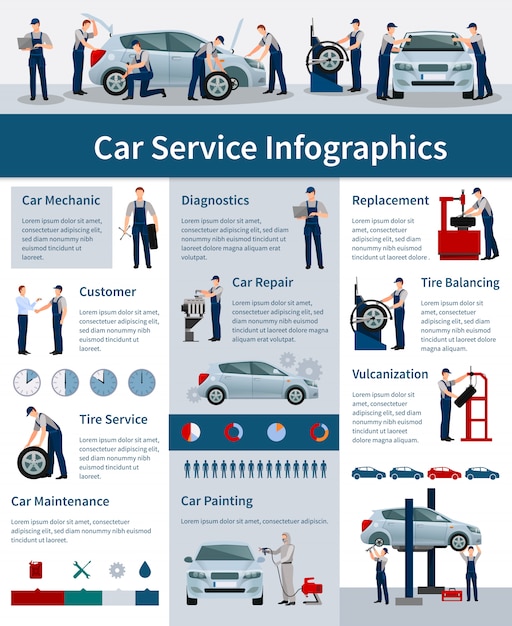Realizing The Significance Of Your Automobile'S Warning Signals: What They In Fact Stand For
Realizing The Significance Of Your Automobile'S Warning Signals: What They In Fact Stand For
Blog Article
Created By-Hartley Dalgaard
When you lag the wheel, those radiant caution lights on your control panel can be a bit difficult. Do you understand what they're trying to inform you regarding your car's health? Comprehending the significance of these lights is essential for your safety and security and the longevity of your vehicle. So, the next time one of those lights pops up, would not you intend to decode its message precisely and take the essential steps to resolve it?
Common Caution Lights and Interpretations
Recognize usual warning lights in your automobile and understand their definitions to guarantee risk-free driving.
The most regular warning lights include the check engine light, which signals issues with the engine or emissions system. If this light begins, it's vital to have your automobile checked quickly.
The oil stress advising light shows reduced oil pressure, calling for prompt interest to stop engine damages.
A flashing battery light could suggest a damaged billing system, potentially leaving you stranded otherwise attended to.
The tire pressure surveillance system (TPMS) light alerts you to reduced tire stress, influencing vehicle security and fuel effectiveness. Neglecting this could bring about dangerous driving conditions.
The abdominal light indicates a problem with the anti-lock stopping system, compromising your ability to stop rapidly in emergency situations.
Lastly, the coolant temperature level cautioning light warns of engine getting too hot, which can cause severe damage otherwise fixed swiftly.
Understanding these typical caution lights will aid you deal with issues without delay and maintain risk-free driving conditions.
Significance of Prompt Interest
Recognizing the usual caution lights in your cars and truck is just the primary step; the importance of without delay attending to these cautions can't be highlighted sufficient to guarantee your security when traveling.
When https://carecutuning18395.azzablog.com/30394206/important-tools-every-auto-fixing-center-should-possess illuminates on your control panel, it's your auto's method of communicating a potential issue that requires interest. Neglecting these warnings can bring about extra extreme troubles later on, compromising your security and possibly costing you extra out of commission.
Prompt focus to advising lights can prevent breakdowns and accidents. For instance, a blinking check engine light could indicate a misfire that, if left ignored, can cause damage to the catalytic converter. Addressing this promptly can conserve you from a costly repair work.
Similarly, a brake system cautioning light might signify reduced brake liquid or used brake pads, essential parts for your safety and security when driving.
Do It Yourself Troubleshooting Tips
If you see a warning light on your dashboard, there are a couple of do it yourself troubleshooting tips you can try prior to looking for specialist aid.
The first step is to consult your car's guidebook to recognize what the details warning light shows. Often the issue can be as basic as a loose gas cap setting off the check engine light. Tightening the gas cap might solve the issue.
Another common problem is a low battery, which can trigger different advising lights. Checking the battery connections for corrosion and guaranteeing they're safe might repair the issue.
If a warning light persists, you can try resetting it by separating the vehicle's battery for a couple of mins and then reconnecting it. Additionally, checking your automobile's fluid degrees, such as oil, coolant, and brake fluid, can assist troubleshoot advising lights associated with these systems.
Conclusion
In conclusion, understanding your auto's warning lights is important for maintaining your vehicle running smoothly and securely. By immediately addressing these signals and knowing what they indicate, you can prevent expensive repair work and potential malfunctions.
browse this site in mind to consult your automobile's handbook for specific details on each advising light and act appropriately to guarantee a hassle-free driving experience.
Stay educated, remain secure on the road!
